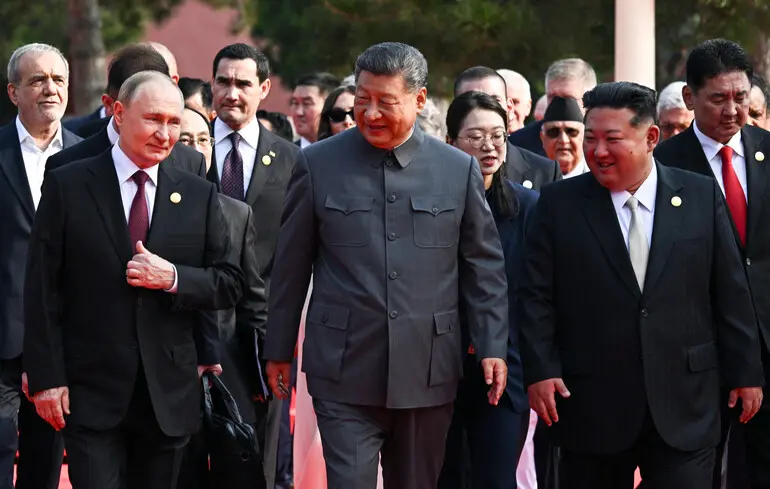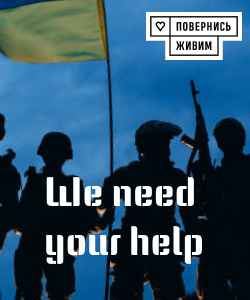China’s Grand Military Parade featuring Putin and Kim Jong Un: A Show of Power Amid Geopolitical Tensions

In Beijing, one of the largest military parades in the history of modern China took place, showcasing the nation’s military might while serving as a major diplomatic event on the international stage.
Organized to mark the 80th anniversary of China’s victory over Japan in World War II, the parade gathered over 50,000 participants and spectators in Tiananmen Square.
The event was led by Chinese leader Xi Jinping, who during his speech emphasized humanity’s binary choice between peace and war, reinforcing the display with demonstrations of advanced weaponry and military technology.
For the first time in recent years, Russian President Vladimir Putin and North Korean leader Kim Jong Un were invited to attend, sparking widespread media attention and geopolitical discussions.
The parade included a spectacular military review featuring troops, missile systems, tanks, and drones, culminating in the release of peace doves and sky lanterns.
The event was heavily secured: major roads and government offices across China were closed, and thousands of volunteers and party activists monitored public order, with rehearsals held at night to prevent leaks.
Putin leveraged this platform to negotiate new energy deals with China, which remains a significant market for Russian energy amid Western sanctions.
On the political front, the event unfolded against the backdrop of rising tensions with the United States and Japan, with statements of support for stability yet increased alliance activity among Russia, China, and North Korea.
Leaders also articulated visions of their countries’ roles in shaping a new global order, emphasizing unity against hegemony and power politics.
Through this grand spectacle, Beijing aims to position itself as a central hub of geopolitical and military influence, inviting other nations into a ‘coalition of discontents’ to reshape the world balance of power.

